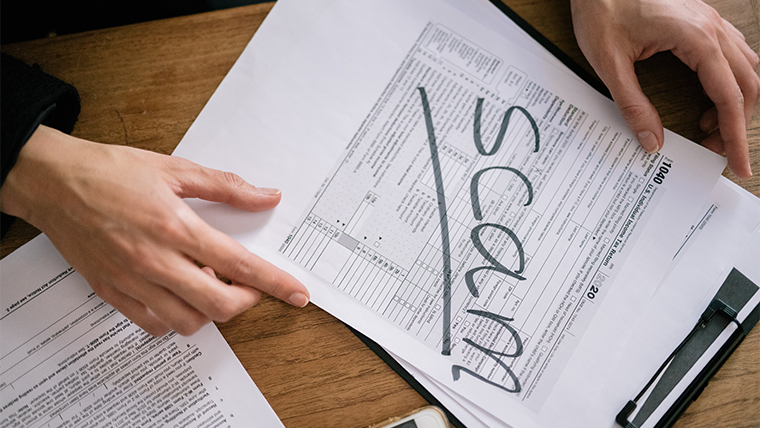In an age dominated by digital advancements and global connectivity, the proliferation of information has brought about both opportunities and challenges. One of the escalating challenges that often operates in the shadows is the rise of fake documents and their silent influence on various aspects of society. From counterfeit passports and diplomas to forged medical reports, the creation and use of fraudulent documents pose a significant threat that extends far beyond the realm of petty crime. In this blog, we delve into the silent threat posed by Fullzinfo documents, exploring their origins, consequences, and the measures needed to combat their growing influence.
The Pervasiveness of Fake Documents
The creation and use of fake documents are not new phenomena, but the digital age has provided malicious actors with unprecedented tools and methods to produce highly convincing forgeries. Counterfeit passports, driver’s licenses, academic certificates, and even employment records are readily available on the dark web, catering to a diverse range of criminal activities. These fake documents are not only used by individuals seeking to deceive authorities but also by organized crime syndicates and even state-sponsored actors.
The Consequences
The consequences of fake documents extend beyond the immediate individuals involved in their creation and use. The potential impact on national security, public safety, and the economy is immense. Fraudulent passports can facilitate human trafficking, drug smuggling, and illegal immigration, while fake academic credentials can undermine the integrity of educational institutions and devalue legitimate qualifications. Moreover, forged medical reports can pose serious risks to public health and safety.
Technology’s Role in Escalating the Threat
Advancements in technology have played a dual role in the rise of fake documents. On one hand, sophisticated tools make it easier for authorities to detect forgeries. However, on the other hand, technology has empowered fraudsters to create increasingly convincing fake documents. High-quality printers, advanced graphic design software, and the availability of genuine security features on the dark web contribute to the production of documents that are challenging to distinguish from the real ones.
Combating the Silent Threat
Addressing the growing influence of fake documents requires a multi-faceted approach involving technology, legislation, and international cooperation. Here are some key strategies:
- Enhanced Document Security: Governments and organizations must continually update and improve the security features of official documents to stay ahead of forgers. This may include incorporating advanced biometric technology, holographic elements, and RFID chips.
- Global Collaboration: The fight against fake documents is inherently global, and international cooperation is essential. Sharing information and intelligence on emerging threats can help authorities anticipate and respond to evolving tactics.
- Digital Verification Systems: The development and implementation of digital verification systems can significantly enhance document authentication. These systems can leverage blockchain technology, machine learning algorithms, and other tools to verify the legitimacy of documents in real-time.
- Public Awareness and Education: Raising awareness about the dangers of fake documents and educating the public on how to verify the authenticity of documents can create a more vigilant society. This can be particularly important for businesses, educational institutions, and healthcare providers.
Conclusion
As we navigate the complexities of the digital age, the silent threat of fake documents demands our attention and collective action. The consequences of this growing influence extend beyond individual crimes to impact national security, public trust, and the stability of various sectors.
